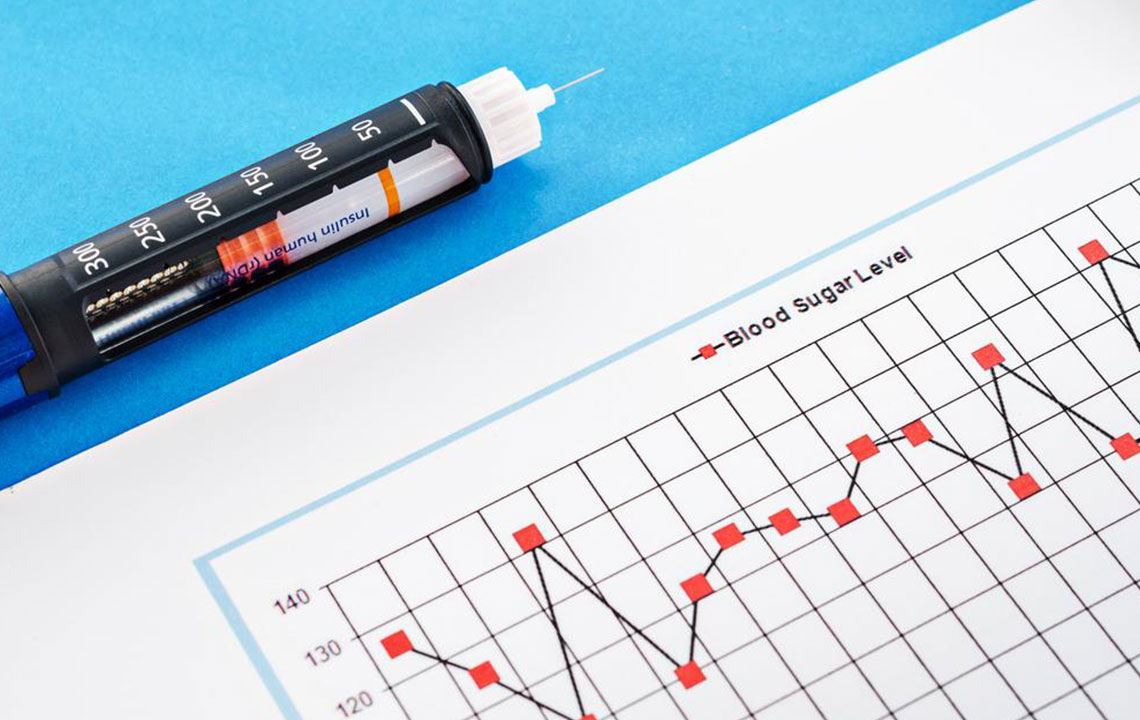Understanding Normal and Abnormal Blood Sugar Levels Across Different Age Groups
This article explains blood sugar norms and variations across different populations, including children and pregnant women. It details parameters like fasting, post-meal, and A1C levels, highlighting factors influencing individual readings. Understanding these ranges helps in early detection and effective management of blood sugar-related health issues. Clear, concise, and accessible, this guide is essential for those monitoring glucose levels for better health outcomes.

Understanding Normal and Abnormal Blood Sugar Levels Across Different Age Groups
Blood glucose charts display the range of sugar levels in the blood, helping to identify normal versus abnormal readings. These charts typically differentiate between non-diabetic and diabetic profiles, covering parameters like fasting, post-meal, and A1C levels.
Fasting glucose: Measures blood sugar after 8 hours of fasting, usually taken early morning before breakfast.
Post-meal glucose: Assesses blood sugar one or two hours after eating to monitor sugar spikes.
Post-meal readings indicate how much blood sugar rises after eating.
A1C levels: Represented as a percentage, these levels reflect average blood sugar control over 2-3 months. Higher A1C suggests poorer management of fasting and post-meal sugar levels.
Blood sugar readings vary based on factors like age, overall health, duration of diabetes, comorbidities, lifestyle, and stress levels. Individual variations mean each person's blood glucose profile is unique.
For non-diabetics, fasting sugars are below 100 mg/dL, post-meal levels stay under 140 mg/dL, and A1C ranges from 4% to 5.7%.
Prediabetics have fasting glucose between 100-125 mg/dL, post-meal between 140-199 mg/dL, and A1C from 5.7% to 6.4%.
Diabetics typically show fasting levels above 125 mg/dL, post-meal above 200 mg/dL, and A1C over 7%.
Children, pregnant women, and other specific groups have tailored blood sugar ranges based on age and health status, with pregnant women at risk of gestational diabetes if levels are too high.
Disclaimer: Our content offers general health guidance based on research but should not replace professional medical advice. Variations in data and individual health conditions can influence relevant blood sugar levels. Readers are encouraged to consult healthcare providers for personalized assessments.










